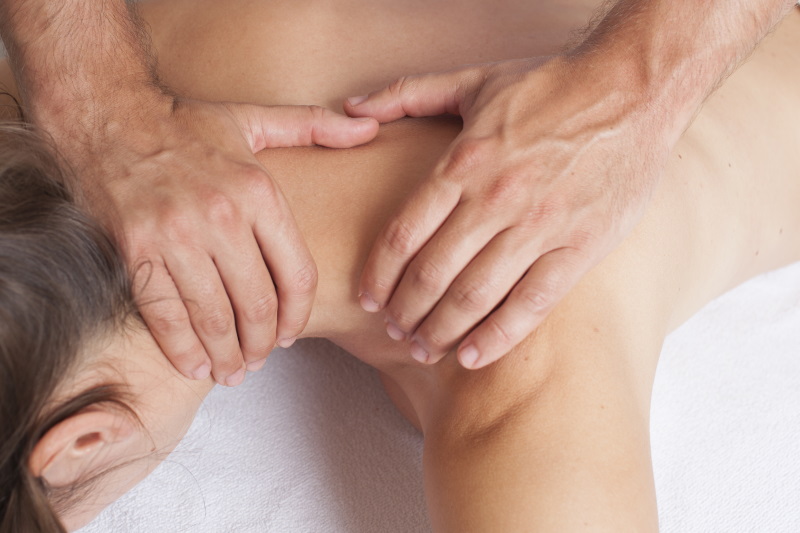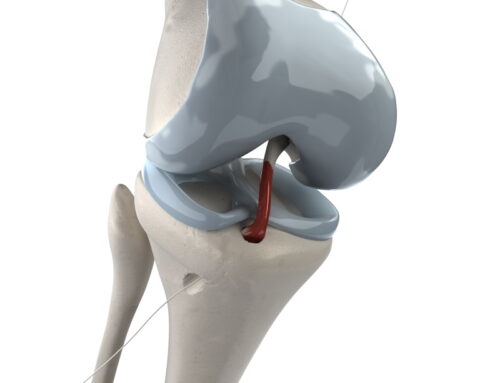Neck pain can be a complete pain in the…,well, the clue is in the title!
It can limit your ability to perform everyday tasks; cause you to lose range of motion in your neck, and the pain may even radiate to your shoulder, arm or hand.
Anatomy of the Neck
The neck, or cervical spine as it’s called, is comprised of 7 bones called vertebrae. They’re all stacked on top of each other and in between each one is a disc of spongy material – the intervertebral disc. At the back of each vertebra, there are two joints that connect with the joints of the vertebra below.
Our necks are very flexible, allowing us to turn in every direction; the bones in the neck serve as protection for the spinal cord, and the discs between the vertebra act as a cushion for those bones.
When someone has neck pain, their ability to turn and move their head is affected, and life quickly becomes uncomfortable.
Assessment Process
Once you make an appointment at Portobello Physiotherapy Clinic, your physiotherapist will perform a thorough consultation during which they will assess your current range of motion; level of pain, and the muscles surrounding the area. They’ll look at:
Range of Motion (ROM), which refers to how far your neck moves in various directions, getting you to look up and then bring your chin to your chest, as well as rotating your head to the left and right.
Strength. If you’re feeling arm pain that’s originating in your neck, you may be experiencing weakness in specific muscle groups in your arm.
Tenderness on Palpation. Palpation is when a physiotherapist touches the body with his or her hands to determine if muscles are tight or sore.
Posture. Your neck pain might be as a result of poor posture, so your physiotherapist will take a close look at how you sit normally; then ask you to sit with correct posture and see the difference. Minor adjustments to your posture might solve the problem; they will certainly help improve your symptoms.
Functional Mobility. If you have neck pain, your physiotherapist will ask about what you’re unable to do as a result of that pain. Are you comfortable driving or do you have trouble turning your head to check oncoming traffic? Can you work comfortable at your desk?
Joint Mobilisation
Joint mobilisation techniques can be used to help improve how far you are able to move your neck and rotate or raise/lower your head without pain, and are a safe and effective way to improve neck movement.
Joint mobilisation simply means your physiotherapist will gently move a bone, or an individual vertebrae with the goal of reducing pain and stiffness and increasing range of movement. The mobilisations themselves are categorised into a series of ‘grades’.
Grade one mobilisations consists of very gentle movements applied at the beginning of range for pain relief.
Grade two mobilisations is a larger amplitude movement applied to the joint through existing range again primarily for pain relief.
Grade three and four mobilisations are a little more intense, with the physiotherapist applying a force to the joint at the end of available range with primary focus being not just pain relief but to increased range of motion.
The basic idea behind joint mobilisation is to facilitate improved range of motion and decrease pain. It shouldn’t be confused with joint manipulation, and does not involve any rapid movements or thrusts.
Once the mobilisation part of your therapy is complete, your physiotherapist will help you with further stretching and strengthening exercises that you can do at home to continue to improve your sore neck and to help ensure that you don’t repeat the injury.
To book an initial consultation call Portobello Physiotherapy Clinic on 01 4763330.




